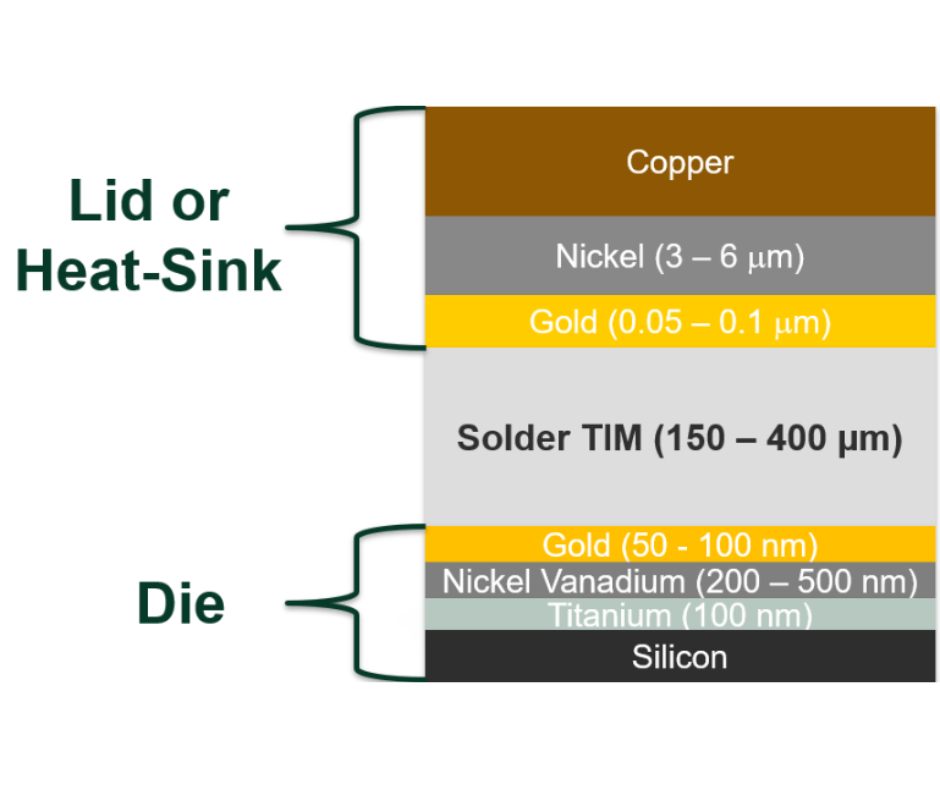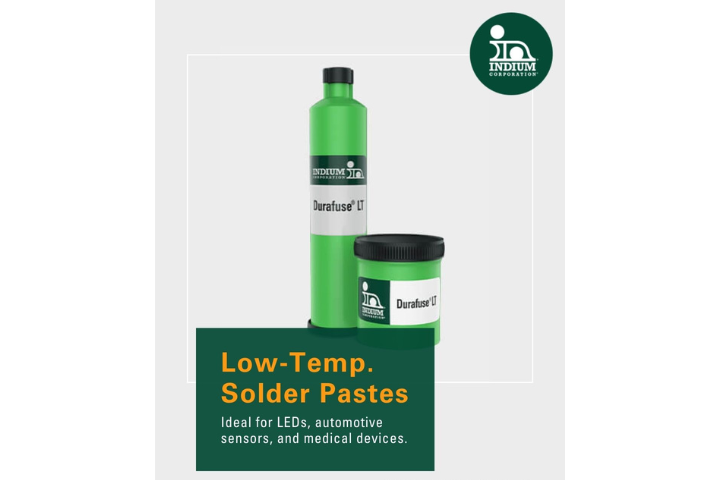Bill Jackson, Senior Director and General Manager of the Compounds Business Unit and Korean Operations, and Phil Zarrow discuss how the element indium factors into LED manufacturing.
Phil Zarrow: Bill, we've seen incredible growth in manufacturing of LEDs. What are some of the specific directions you're seeing?
Bill Jackson: Well LEDs we see more and more are being part of an initial design. So when we think about the automotive world, we see the LED lights as part of the headlight array, daytime running lamps as part of the initial design. There is a good possibility that all new vehicles produced from 2019 forward will have LEDs integrated into the headlight system.
Bill Jackson: Additionally, we see LEDs being used by municipalities for street lighting. A lot of advantages there with cost of operating, the life cycle of the actual light, and then brightness to be able to spread the lights further apart. Then, of course, for the commercial industrial type of applications and us as consumers, the lights now are being made at a much-reduced cost level so we can put them in our home much easier and, of course, industries and commercial environments can do the same.
Phil Zarrow: You know, indium metal plays a key part in the composition of LED.
Bill Jackson: It does. It is a key material. I do have a sample here that you can look at. It's pure indium metal. That material would be used to make a product called indium trichloride. This particular material would be used in what we would call the upstream part of the manufacture of an LED where our customers take this material, make it into a gaseous material called trimethylindium or triethylindium. These materials would be sent to their particular customers to be inserted into the actual LED light systems to make the actual light.
Phil Zarrow: The rapid growth of LEDs along with the reduction of cost applies implies that there's been some very, very interesting innovations in LED manufacturing.
Bill Jackson: There certainly has. Starting with us and working with us right into our customers, and our customers for their customers. We consider ourselves being in the upstream area where we make the first material and working with our customers, we have worked together to really dial in the overall process and capability of producing material lot-to-lot, batch-to-batch at a highly consistent level where they can work on producing their materials with a very high yield and a reduces cost. Hence, ultimately, as they work through it to their particular customers, there are more innovations that come throughout the entire stream to be able to offer a lower cost and a more flexible product in the market.
Phil Zarrow: Bill, where can we find out more information?
Bill Jackson: You can look at www.Indium.com -go into the compounds section and that'll take you into where you can find data sheets on all the materials for LED lighting.
Phil Zarrow: Bill, thank you very much.



